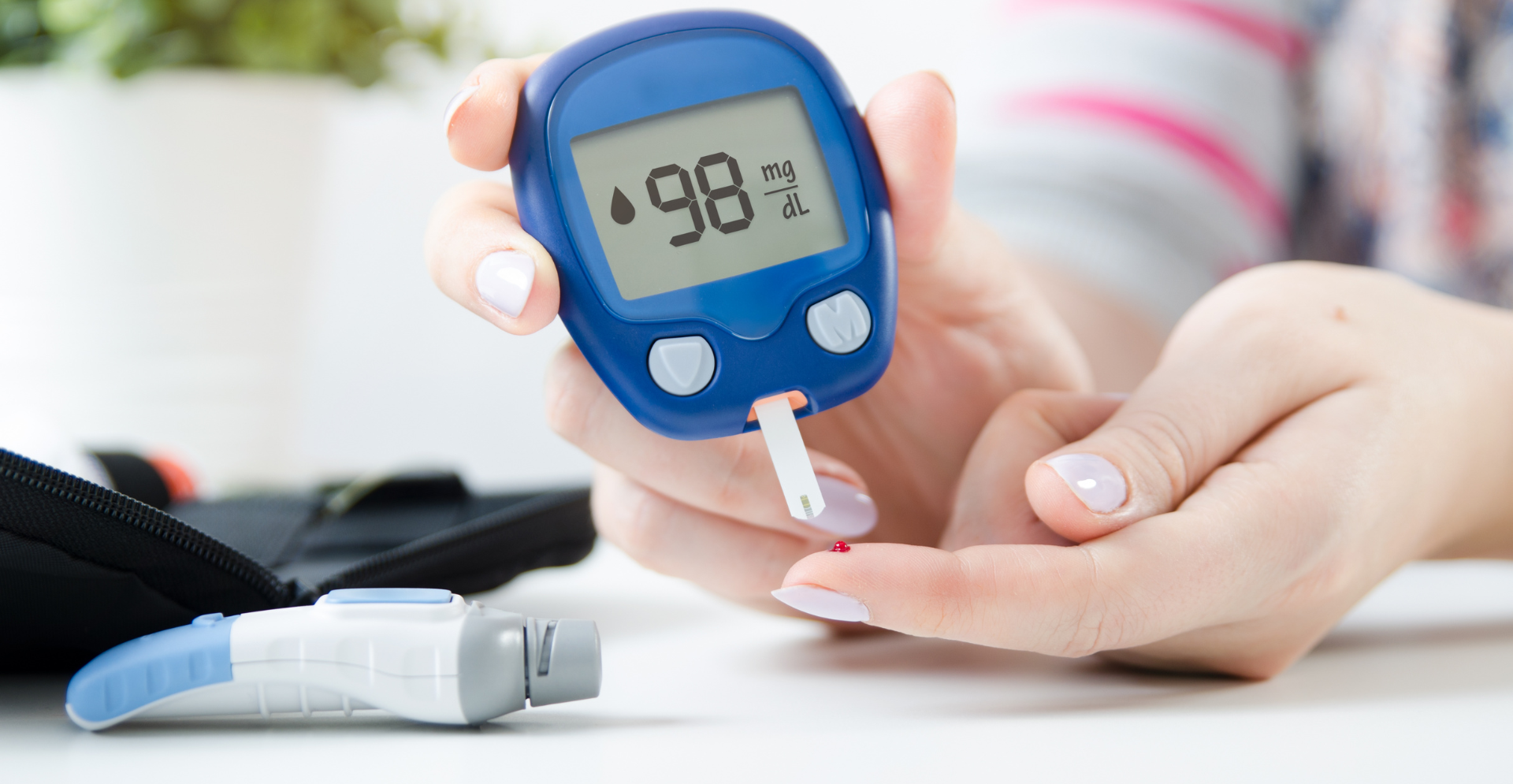In the pursuit of health and wellness, understanding the intricate relationship between exercise and blood sugar levels is paramount. Whether you're an athlete striving for peak performance or someone managing diabetes, the impact of physical activity on blood glucose levels cannot be overstated. In this article, we delve into the science behind how exercise influences blood sugar and explore its implications for overall health.
The Physiology of Exercise and Blood Sugar Regulation
When you engage in physical activity, your body demands more energy to fuel the muscles at work. To meet this demand, your cells require glucose, the primary source of energy derived from carbohydrates. Here's where the magic happens: as you exercise, your muscles become more sensitive to insulin, the hormone responsible for transporting glucose from the bloodstream into cells. This heightened sensitivity means your muscles can absorb glucose more efficiently, effectively lowering blood sugar levels.
Types of Exercise and Their Impact
The type, duration, and intensity of exercise all play significant roles in how your body responds to changes in blood sugar levels. Aerobic exercises like running, swimming, or cycling tend to have immediate effects on lowering blood sugar levels by increasing insulin sensitivity and promoting glucose uptake by muscles. On the other hand, resistance training, such as weightlifting, can lead to a more prolonged decrease in blood sugar levels by enhancing muscle glucose uptake even after the workout session.
Post-Exercise Blood Sugar Management
While exercise offers immediate benefits for blood sugar regulation, its effects can persist long after you've finished your workout. This phenomenon, known as the "afterburn" effect or excess post-exercise oxygen consumption (EPOC), refers to the continued calorie burning and glucose utilization that occurs post-exercise as your body works to restore oxygen levels and repair muscle tissue. As a result, blood sugar levels may remain lower for hours following exercise, contributing to overall glycemic control.
Exercise as a Tool for Diabetes Management
For individuals living with diabetes, incorporating regular exercise into their routine is key to managing blood sugar levels effectively. Not only does exercise improve insulin sensitivity and lower blood sugar in the short term, but it also offers numerous long-term benefits, including weight management, improved cardiovascular health, and reduced risk of complications associated with diabetes. However, it's essential to work closely with healthcare professionals to develop a personalized exercise plan tailored to individual needs and health goals.
Practical Tips for Exercising Safely with Diabetes
- Monitor blood sugar levels before, during, and after exercise to prevent hypoglycemia (low blood sugar) or hyperglycemia (high blood sugar).
- Stay hydrated and consume carbohydrates as needed to maintain energy levels during prolonged or intense workouts.
- Choose activities that you enjoy and can sustain over time to make exercise a regular part of your lifestyle.
- Be mindful of potential exercise-related complications, such as foot injuries or hypoglycemia unawareness, and take appropriate precautions.
In the journey towards optimal health and wellness, exercise emerges as a powerful tool for managing blood sugar levels and promoting overall well-being. Whether you're aiming to enhance athletic performance or mitigate the effects of diabetes, incorporating regular physical activity into your routine can yield profound benefits for blood sugar regulation and long-term health.
By understanding the science behind how exercise impacts blood sugar levels and implementing practical strategies for safe and effective workouts, you can sweat your way to success in achieving your health goals.













Leave a comment
This site is protected by hCaptcha and the hCaptcha Privacy Policy and Terms of Service apply.